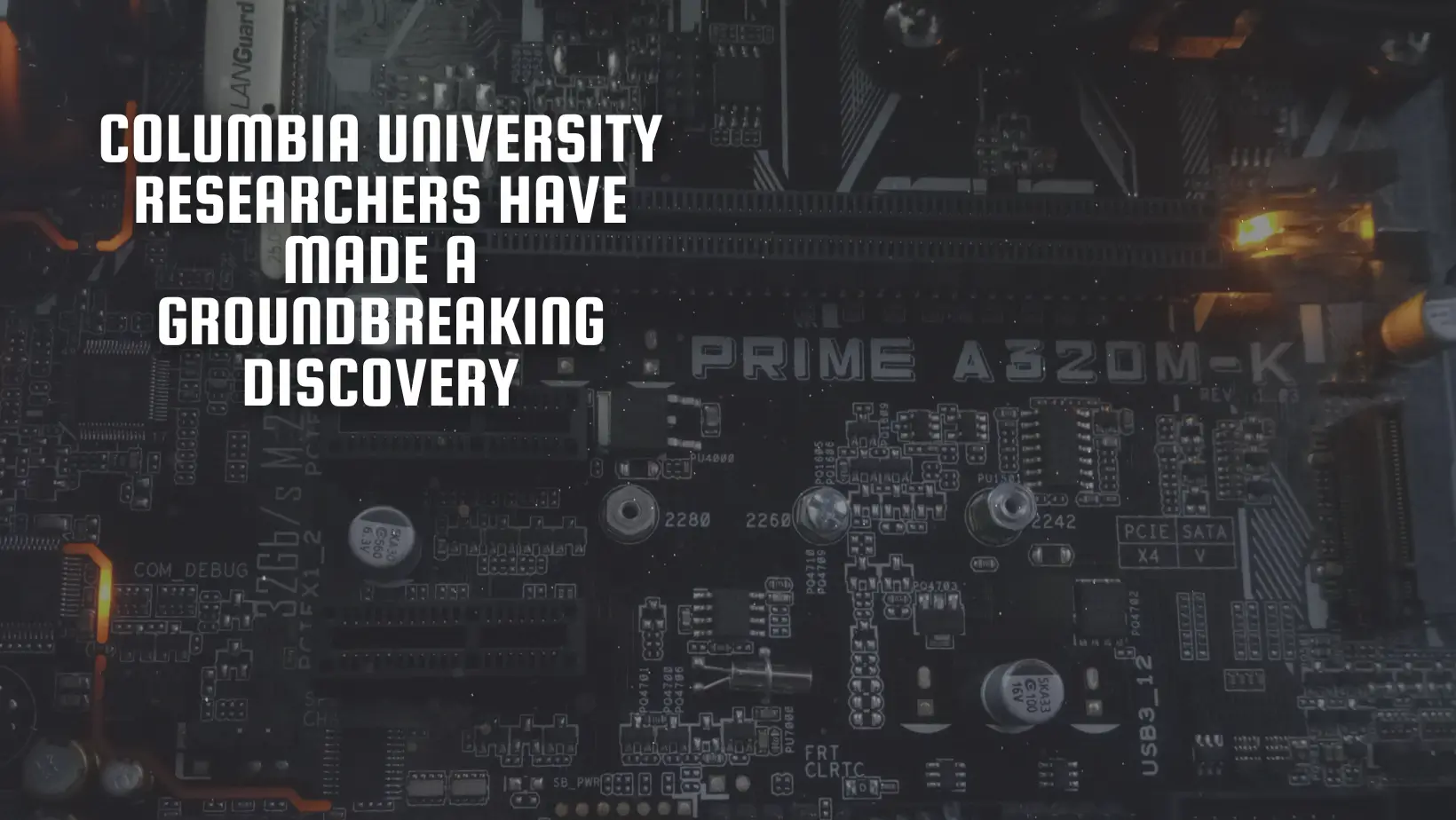Columbia University researchers have made a groundbreaking discovery in the field of semiconductors with their recent publication on Re6Se8Cl2. According to the researchers, this synthetic superatomic material, produced by Xavier Roy, is the fastest and most efficient semiconductor material known to man.
In their experiments, the team found that acoustic exciton-polarons in Re6Se8Cl2 moved at an impressive speed – twice as fast as electrons in silicon. These polarons were able to cross several microns of the sample in less than a nanosecond. This is an incredible feat, considering that polarons can last for about 11 nanoseconds. In fact, the team believes that exciton-polarons in Re6Se8Cl2 could cover more than 25 micrometers at a time.
What's even more exciting is that these quasiparticles are controlled by light rather than an electrical current and gating. This means that theoretical devices made from Re6Se8Cl2 could have processing speeds that reach femtoseconds – six orders of magnitude faster than the nanoseconds currently achievable in Gigahertz electronics.
The fact that all of these advancements were achieved at room temperature makes the discovery even more remarkable. The potential applications of this technology are vast, and it could change the way we think about electronics. We can't wait to see how this breakthrough will shape the future of semiconductor research and technology.
